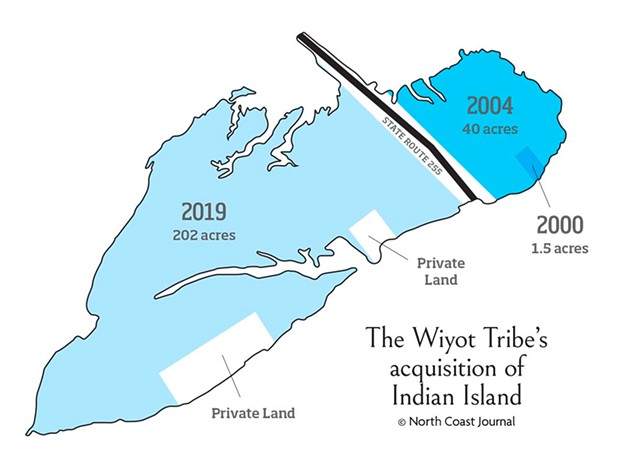This Land is Their Land
 Most of us know that what we call Humboldt Bay was part of the territory of the Wiyot people. And most us of know of the terrible mass killing that occurred in 1860 on what was called Indian Island.
Most of us know that what we call Humboldt Bay was part of the territory of the Wiyot people. And most us of know of the terrible mass killing that occurred in 1860 on what was called Indian Island.
 Most of us know that what we call Humboldt Bay was part of the territory of the Wiyot people. And most us of know of the terrible mass killing that occurred in 1860 on what was called Indian Island.
Most of us know that what we call Humboldt Bay was part of the territory of the Wiyot people. And most us of know of the terrible mass killing that occurred in 1860 on what was called Indian Island.
Progress often provokes a vicious response from those who wish to maintain the status quo... It is clear that the progress this community has made toward acknowledging the Wiyot peoples' rightful place on this land and in leadership is now provoking the anger of those who have become accustomed to holding power for generations — namely, wealthy landowners and developers.
Bongio's tantrum at having the privilege of the developer class called into question by the California Coastal Commission and local tribes on the basis of completely legitimate concerns was best summed up by his parting words: "That was a waste of my fucking time." Classy.